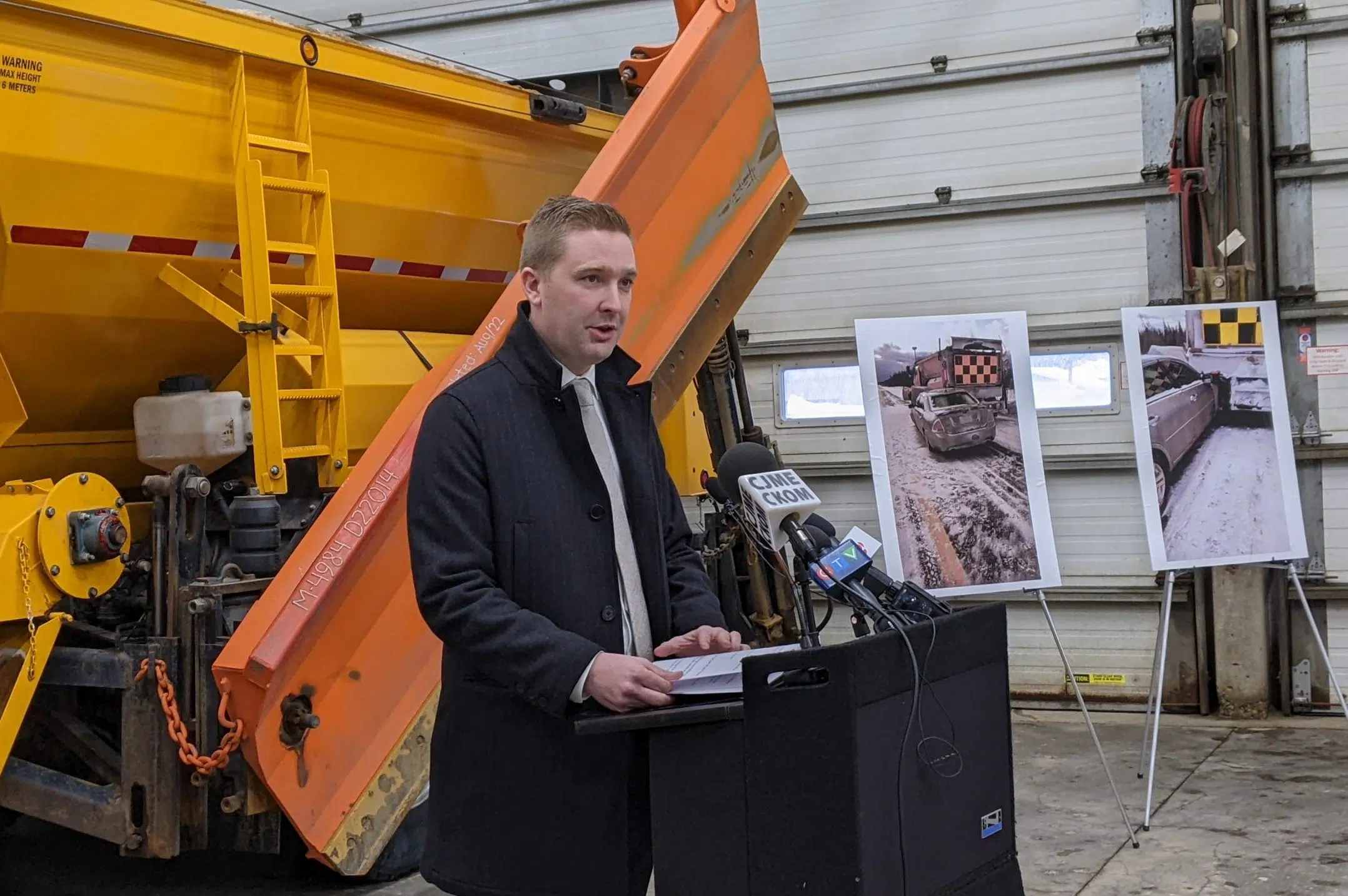Mild weather can make it a lot more fun to be outside during winter.
But it can result in some very negative outcomes for farmers.
Wednesday, the Water Security Agency (WSA) released the preliminary spring runoff report.
The report — which is based on conditions as they were Feb. 1 — showed that most of southern Saskatchewan has below-normal to near-normal snowmelt runoff potential.
“It’s an early report,” said minister responsible for the WSA Jeremy Cockrill on Gormley.
“We’re just trying to give some clear visibility to producers and communities around the province as to what the runoff will look like in the spring.”
Cockrill said the findings were based on soil moisture observed in the fall as well as the snow currently on the ground.
“Specifically in the southwest, say for example (the) Maple Creek-Swift Current area, they’ve had a couple of dry years so again, you’re ending the fall with less moisture in the ground,” Cockrill said.
“We have seen snowfall in that area, but again, it’s been a warm January and (a warm) beginning of February. So that’s obviously reduced the snowpack that’s available for runoff.”
The report said that the central, northwest and southeast areas of the province are expected to see near-normal runoffs.
Even with that in mind, Cockrill said that the agency is still hoping for more precipitation across the province for the rest of winter and into the spring season.
“The speed of the melt plays a role in this as well,” Cockrill said.“It’s nice to have kind of a gradual, slower melt. It really helps to soak into the soil and really restore the soil moisture levels.”
Cockrill said that the next step is providing a runoff report early in March.
“Which also includes data collected from the snowpacks that we have in the Rocky Mountains,” he said.
“Because that affects what we’re going to see coming into Lake Diefenbaker specifically and the South Saskatchewan River area.







